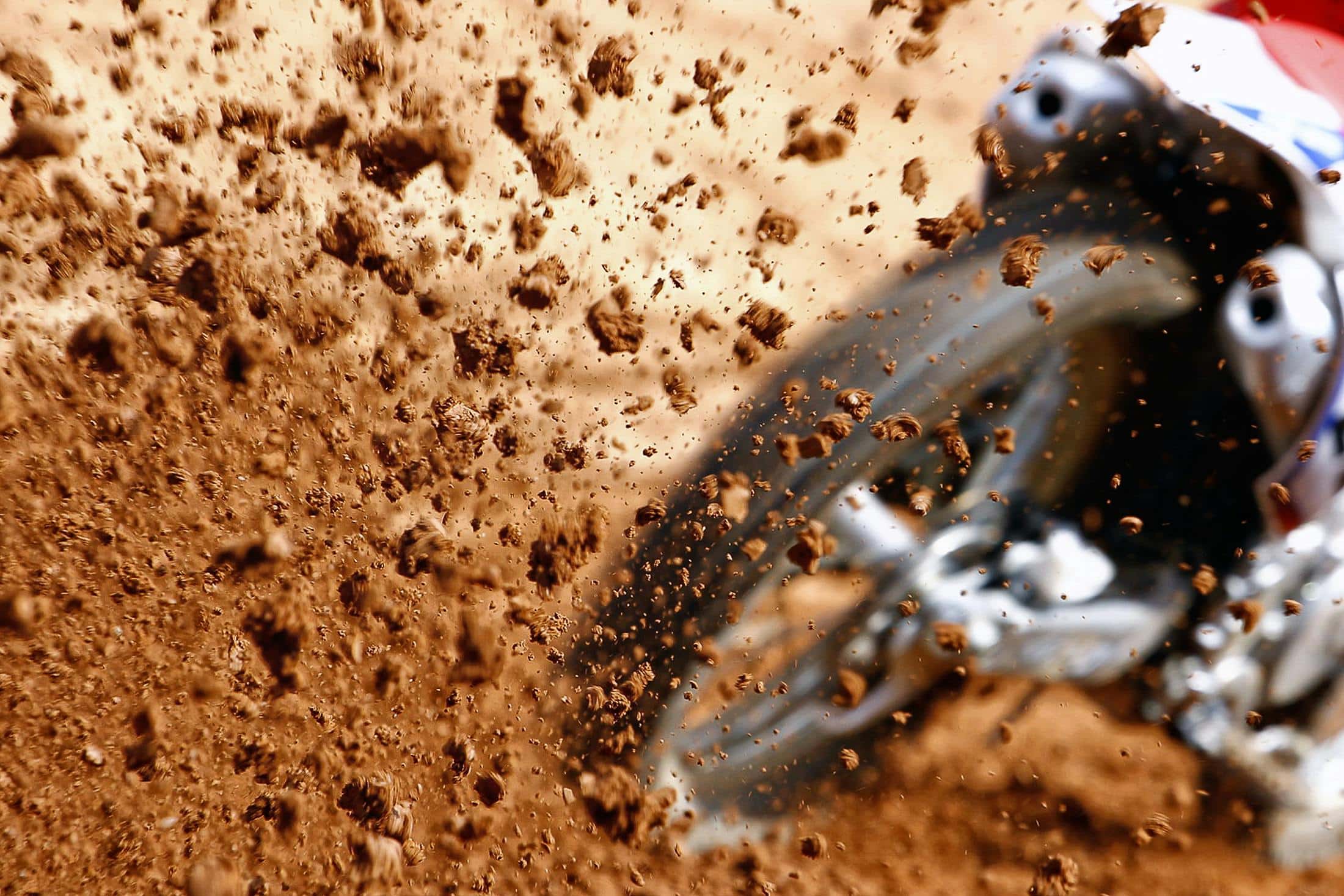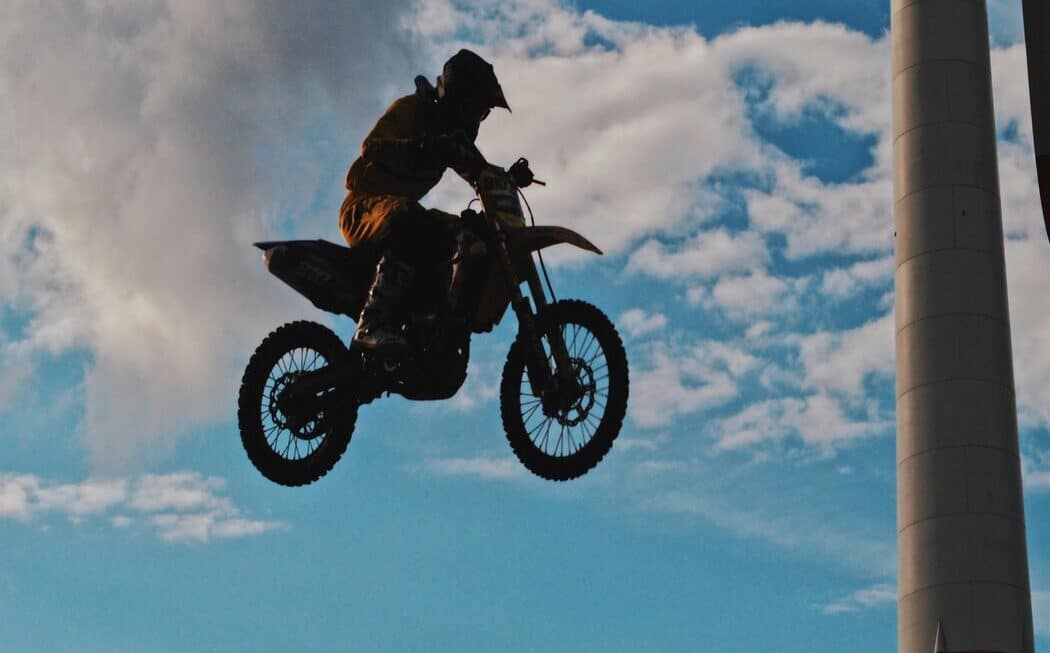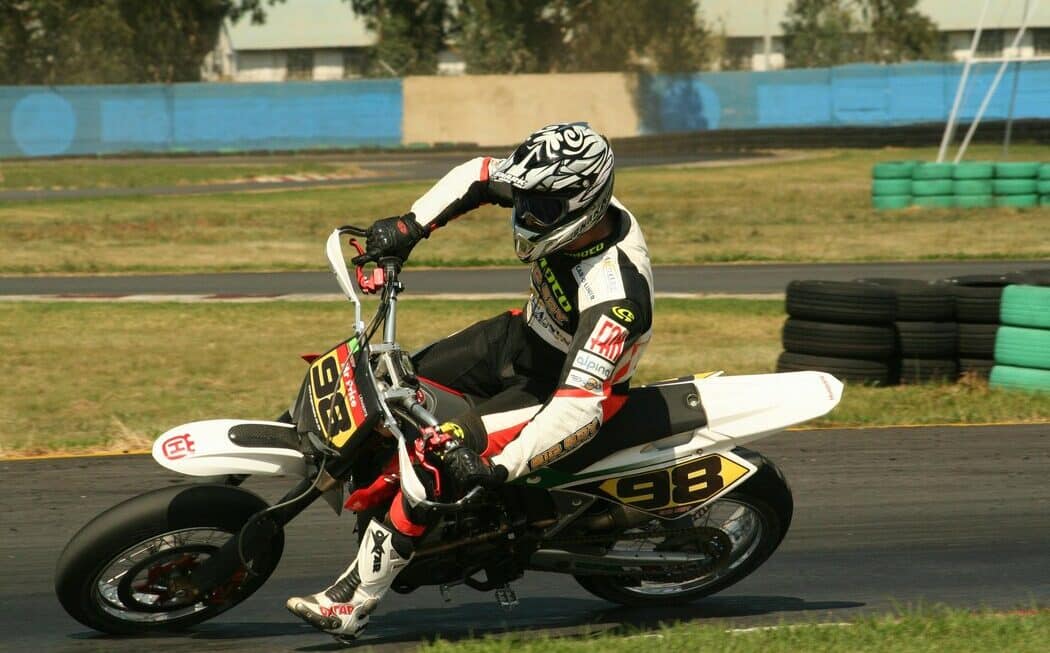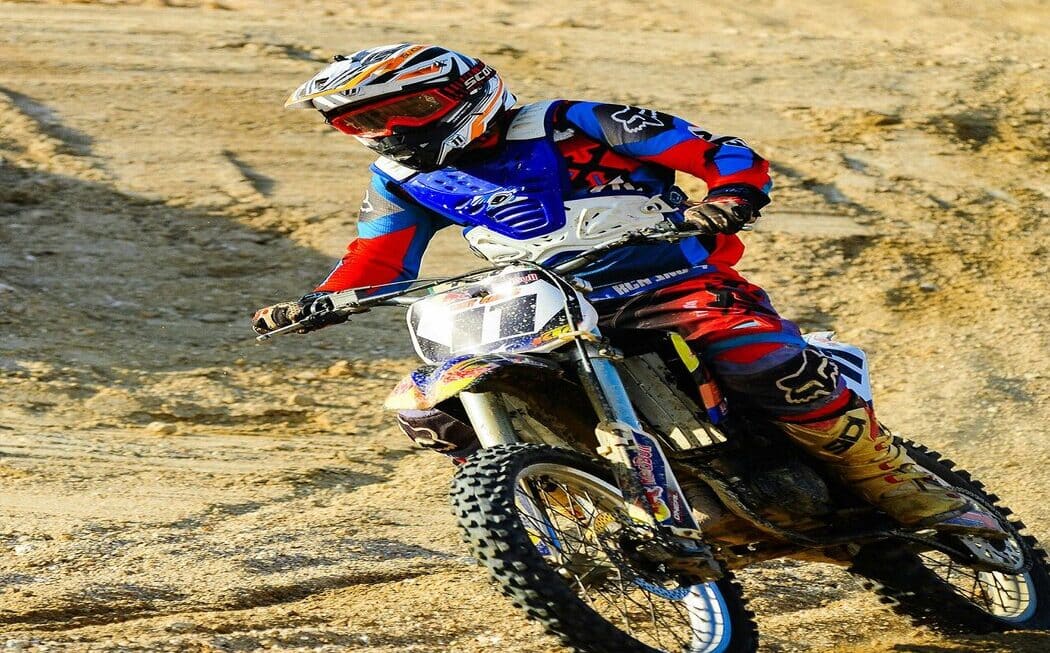Dirt biking is a thrilling, adrenaline-fueled sport that is as exhilarating as it is challenging. For kids and teenagers looking to venture into the world of off-road motorcycling, proper training is not just a good-to-have but an essential requirement.
This article dives into the nitty-gritty of dirt bike training, offering a comprehensive guide for both young riders and their parents. Discover safety fundamentals, skill-building exercises, training progressions, parental roles, and more to ensure a rewarding and secure dirt biking experience for the younger generation.
The Importance of Proper Training
For the love of dirt biking to grow into a lifelong passion, it’s crucial to start with the right foundation. A child’s first experiences with a dirt bike can shape their approach to safety, learning, and confidence on and off the track. Proper training establishes the groundwork for skill development, risk management, and overall enjoyment of the sport.
Given the inherently risky nature of dirt biking, young riders need guidance to understand the power of the machine they’re honored to control and the measures to harness that power safely.
Safety First
Safety During Actual Riding
Once young riders have learned the basics and are ready to start riding more frequently, it’s crucial to emphasize safety during actual riding sessions.
Always ensure they ride in environments suitable for their skill level, avoiding overly challenging trails that could lead to accidents. Additionally, stress the importance of remaining aware of their surroundings, including other riders, obstacles, and wildlife.
Teaching kids to anticipate potential hazards and react calmly and decisively can significantly reduce the risk of accidents. Encourage them to practice defensive riding, such as keeping a safe distance from other riders and being prepared to stop quickly. Finally, instill the habit of performing a quick safety check of their equipment before each ride, as well as reminding them to stay within designated riding areas to minimize environmental impact and respect local regulations. By prioritizing these safety practices, young riders will develop the discipline and responsibility necessary to enjoy dirt biking safely and respectfully.
Protective Gear Essentials
Begin with an understanding that no amount of training can substitute for protective gear. Proper attire not only lessens the severity of accidents but also imbues riders with a sense of safety and security, which can bolster their confidence.
Head-to-toe, the essentials include:
- Helmet: A certified dirt-biking helmet that is properly fitted can prevent — or drastically reduce — head injuries.
- Goggles: These keep dirt and debris away from the eyes, ensuring clear vision.
- Gloves: To protect the hands from blisters and provide grip.
- Boots: Sturdy, over-the-ankle boots offer support and minimize foot and ankle injuries.
- Body Armor: This includes a chest protector, shoulder pads, and other padded garments to cushion against falls.
The message to young riders should be unified: no gear, no ride.
Bike Maintenance Basics
A well-maintained bike is a reliable bike. Teaching children the basics of bike upkeep, such as checking tire pressure, maintaining chain tension, and assessing brake condition, is not only educational but also imparts a sense of responsibility regarding their equipment.
In addition, regular maintenance familiarizes riders with the mechanical aspects of their bikes, preparing them to ride more safely by recognizing and addressing potential issues before they become serious problems.
Skill Building
Riding Posture and Balance Techniques
The correct riding posture is essential for maintaining control and reducing fatigue. Instruct young riders to stand on the footpegs with their knees bent and using their legs as shock absorbers. The arms should be slightly bent and out in front, ready to maneuver the bike with precision.
A great exercise is to have kids practice riding over rough terrain with a consistent, smooth throttle while maintaining a balanced position. This stationary balance drill on both wheels separately will translate to better stability when the bike is in motion.
Acceleration and Braking Tips
Understanding the throttle and brake controls is critical. Train riders to modulate the throttle for smooth acceleration and teach them when it’s necessary to hit the brakes. It’s important they learn that in emergency situations, both front and back brakes should be used and that on dirt and gravel, the front brake can cause the bike to slide.
Create scenarios for controlled stops and slalom courses to practice agile use of the throttle and brakes. Familiarizing children with the feel and effect of the controls will empower them to act effectively in unexpected situations.
Handling Obstacles and Corners
First, teach children to look where they want to go, not at the obstacle they want to avoid. When approaching an obstacle like a rock or a log, practice lifting the front wheel just enough to clear it, while keeping the body forward to maintain traction on the rear wheel.
In corners, maintaining consistent speed and choosing the correct line is key. Provide guidance on how to lean the body and the bike together in low-speed turns, and how to maneuver through berms at higher speeds.
Training Progression
Gradual Introduction to More Challenging Terrains
Start with controlled environments such as flat, open fields to allow children to familiarize themselves with the basics of off-road bike control. Gradually introduce more complex terrains, but never skip steps. Each new terrain should be chosen to challenge but never overwhelm the child.
Supervised Practice Sessions
Regular, supervised practice sessions are indispensable. Having an experienced rider or a professional coach oversee the child’s practice can help identify and correct mistakes early on. It also instills good habits and can offer a benchmark for improvement.
Importance of Professional Coaching
At some point, it becomes beneficial to enlist professional coaching services. Coaches can provide targeted training based on the child’s skill level, pushing them to improve while ensuring they do so safely and correctly.
The Role of Parental Involvement and Support
Parental involvement in a child’s dirt biking adventure is more than just about providing the necessary equipment and ensuring their safety.
It’s about being present, both physically and emotionally, for your child as they tackle new challenges and milestones on the bike. Active participation in training sessions, whether by observing or even engaging in riding activities, fosters a supportive environment that boosts the child’s confidence and enthusiasm for the sport.
Furthermore, parents play a crucial role in instilling discipline, respect for the sport, and adherence to safety standards, shaping their children into responsible and skilled riders. Balancing support with guidance, parents can help their children forge a positive and rewarding path in dirt biking, laying the foundation for a lifetime of enjoyment and respect for the sport.
Other roles of parental involvement are following:
Encouraging Support and Guidance
Parents must be their child’s biggest advocates and provide them with positive reinforcement. Praise their progress and be open to their excitement and fear. With proper support, they’ll grow to love the sport with confidence and respect.
Setting Boundaries and Rules
Establishing boundaries about where and under what conditions children may ride is imperative. Similarly, clear rules such as maintaining a training schedule and attending required practices help ensure a consistent and progressive approach to learning.
Emphasizing Safety Protocols
From the moment your child expressed interest in dirt biking, they need to understand the non-negotiable safety rules. This should include wearing protective gear at all times, following instructions from adults, and proper etiquette when sharing trails with other riders and wildlife.
Conclusion
In conclusion, dirt bike training is a multifaceted process that involves safety, skill-building, a structured progression, and parental involvement. By adhering to these training tips, young riders can enjoy a lifelong pursuit in dirt biking with the skills and respect for the sport that it demands.
Remember, dirt biking is an incredible sport, and with the right training, it can be an equally incredible experience for kids. Safe riding!



